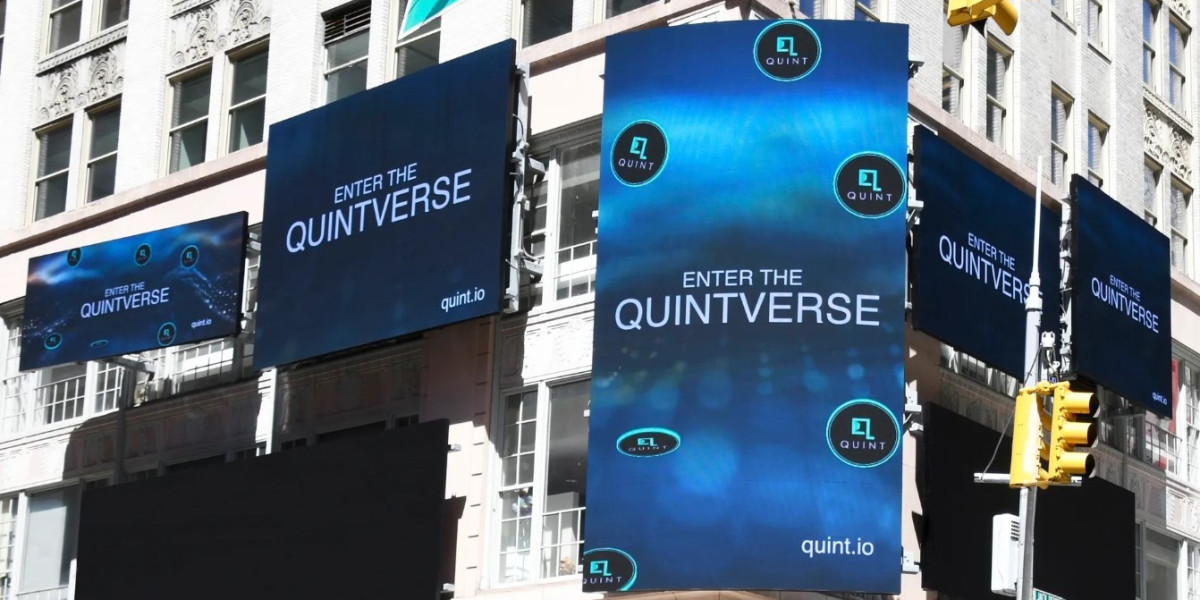In the heart of New York City lies Times Square, a bustling intersection known for its vibrant energy, diverse crowds, and, most notably, its dazzling array of billboards. These billboards, which have become a symbol of Times Square's allure, are more than just advertisements—they are an integral part of the city's cultural and commercial fabric. This article delves into the history, impact, and future of Times Square billboards, exploring why they hold such a prominent place in the world of advertising.
A Brief History of Times Square Billboards
Times Square, originally named Longacre Square, became a hub for theaters, restaurants, and hotels in the early 20th century. The renaming to Times Square in 1904, after The New York Times moved its headquarters to the area, marked the beginning of its transformation into an advertising mecca. The introduction of electric, illuminated signs soon followed, with the first large-scale electric billboard erected in 1917 for the company Wrigley's Gum.
Over the decades, Times Square billboards evolved from simple illuminated signs to intricate, high-tech displays. The area quickly gained a reputation for its spectacular advertising, attracting companies willing to pay premium prices to showcase their brands to millions of visitors daily.
The Impact of Times Square Billboards
Cultural Significance
Times Square billboards are not just advertising tools; they are cultural icons. They have featured in countless movies, TV shows, and photographs, symbolizing the vibrant spirit of New York City. The annual New Year's Eve ball drop, viewed by millions worldwide, prominently features these billboards, solidifying their status as cultural landmarks.
Economic Influence
The economic impact of Times Square billboards is substantial. Companies are willing to invest heavily in these prime advertising spots due to the enormous foot traffic, estimated at over 300,000 visitors daily. This constant influx of people ensures that advertisements reach a diverse and vast audience, making Times Square one of the most valuable advertising locations globally. The revenue generated from billboard rentals contributes significantly to the local economy, supporting various businesses and services in the area.
Advertising Efficacy
The efficacy of Times Square billboards lies in their ability to capture attention in an environment saturated with stimuli. The sheer size, brightness, and creativity of these advertisements ensure they stand out, creating memorable impressions on viewers. Companies often use Times Square billboards for product launches, brand awareness campaigns, and special promotions, leveraging the high visibility to maximize impact.
The Anatomy of a Times Square Billboard
Size and Scale
Times Square billboards vary in size, with some spanning entire buildings. The NASDAQ MarketSite, for example, boasts a seven-story-tall LED screen, one of the largest in Times Square. The scale of these billboards allows for dynamic and immersive advertisements that captivate viewers.
Technology and Innovation
Modern Times Square billboards utilize cutting-edge technology, including high-definition LED displays, 3D projections, and interactive features. These advancements allow advertisers to create more engaging and visually stunning campaigns. Some billboards even incorporate real-time data, enabling dynamic content that can change based on weather, time of day, or audience interaction.
Design and Creativity
Creativity is a cornerstone of effective Times Square advertising. Advertisers often push the boundaries of design to create unique and memorable campaigns. From animated characters and live video feeds to augmented reality experiences, the possibilities are endless. The competitive nature of Times Square advertising drives companies to innovate continually, resulting in a dynamic and ever-changing visual landscape.
Notable Campaigns in Times Square
Several advertising campaigns in Times Square have left a lasting impression due to their creativity and impact.
Coca-Cola
Coca-Cola has a long history in Times Square, with its first illuminated sign installed in 1920. The brand's current billboard, a dynamic 3D robotic sign, debuted in 2017. The sign features 1,760 independently moving LED screens that create mesmerizing patterns and animations, showcasing the brand's innovation and commitment to captivating advertising.
Google Pixel
In 2019, Google launched an interactive billboard campaign for its Pixel 4 smartphone. The billboard featured real-time photo updates from Times Square visitors, taken with the Pixel 4 and displayed on the billboard. This interactive approach not only demonstrated the phone's camera capabilities but also engaged viewers in a participatory experience.
Netflix's "Stranger Things"
To promote the third season of "Stranger Things," Netflix transformed a Times Square billboard into the fictional Starcourt Mall from the show. The campaign included nostalgic 80s-themed advertisements and live performances, creating an immersive experience that delighted fans and passersby alike.
The Future of Times Square Billboards
As technology continues to advance, the future of Times Square billboards looks promising. Innovations such as augmented reality (AR), virtual reality (VR), and artificial intelligence (AI) are expected to play a significant role in shaping the next generation of advertising in this iconic location.
Augmented Reality
AR has the potential to transform Times Square billboards into interactive experiences. Viewers could use their smartphones or AR glasses to see additional content, such as 3D animations, product information, or virtual try-ons, enhancing the overall engagement.
Artificial Intelligence
AI can optimize the content displayed on Times Square billboards by analyzing real-time data and audience demographics. This capability allows for highly targeted and personalized advertisements, ensuring that the right message reaches the right audience at the right time.
Sustainability
As environmental concerns grow, there is a push towards more sustainable advertising practices. Times Square billboards are beginning to adopt energy-efficient technologies, such as LED lights and solar power, to reduce their environmental footprint. Additionally, digital billboards eliminate the need for physical materials, further contributing to sustainability efforts.
Conclusion
Times Square billboards are more than just advertisements; they are cultural icons that capture the essence of New York City's vibrant energy. Their history, impact, and continuous evolution reflect the dynamic nature of advertising and its ability to adapt to changing times. As technology advances, the future of Times Square billboards promises to be even more innovative and engaging, ensuring that they remain a pinnacle of advertising brilliance for years to come. Whether you're a brand looking to make a bold statement or a visitor soaking in the sights, the billboards of Times Square offer an unparalleled visual experience that is truly iconic.









